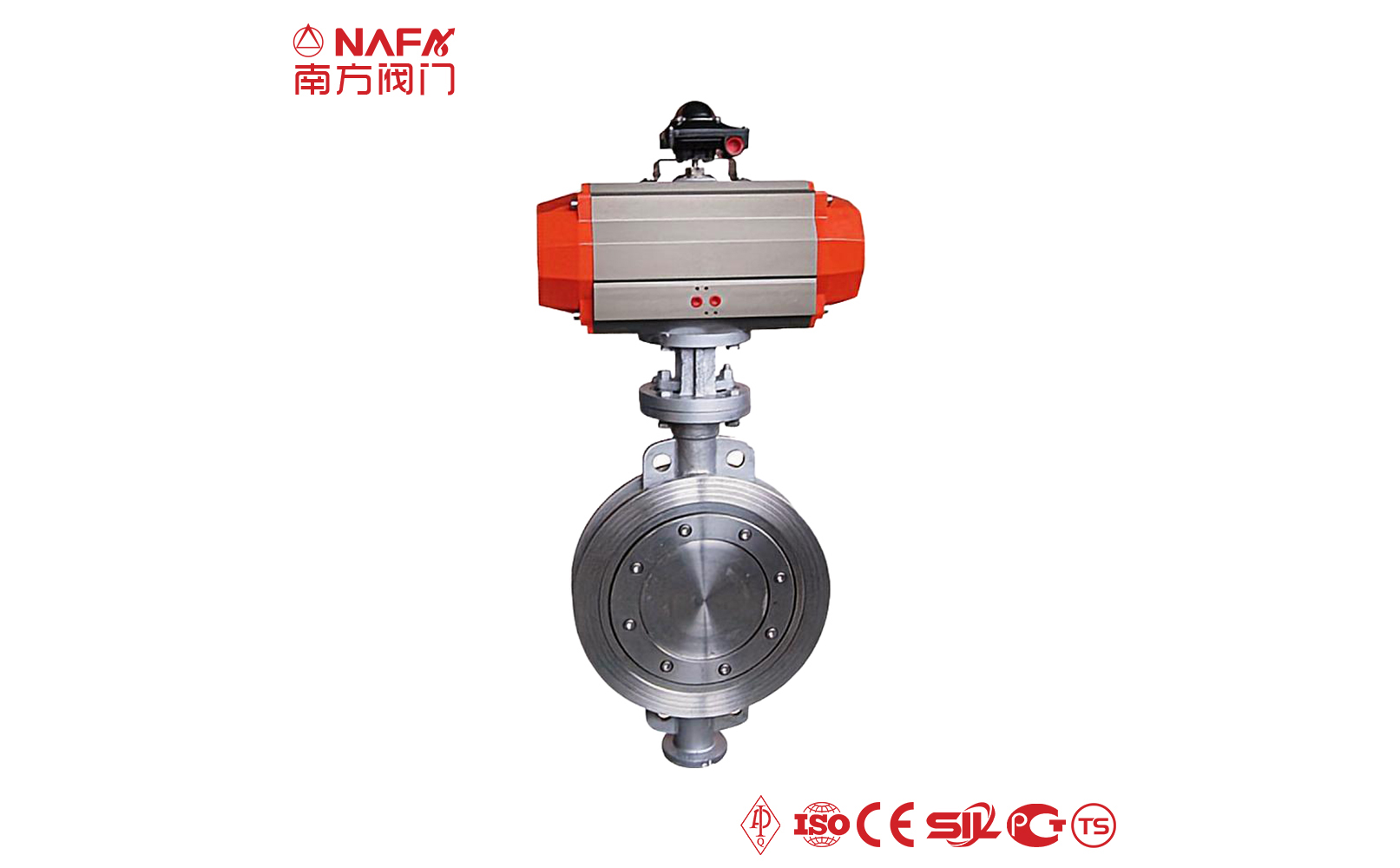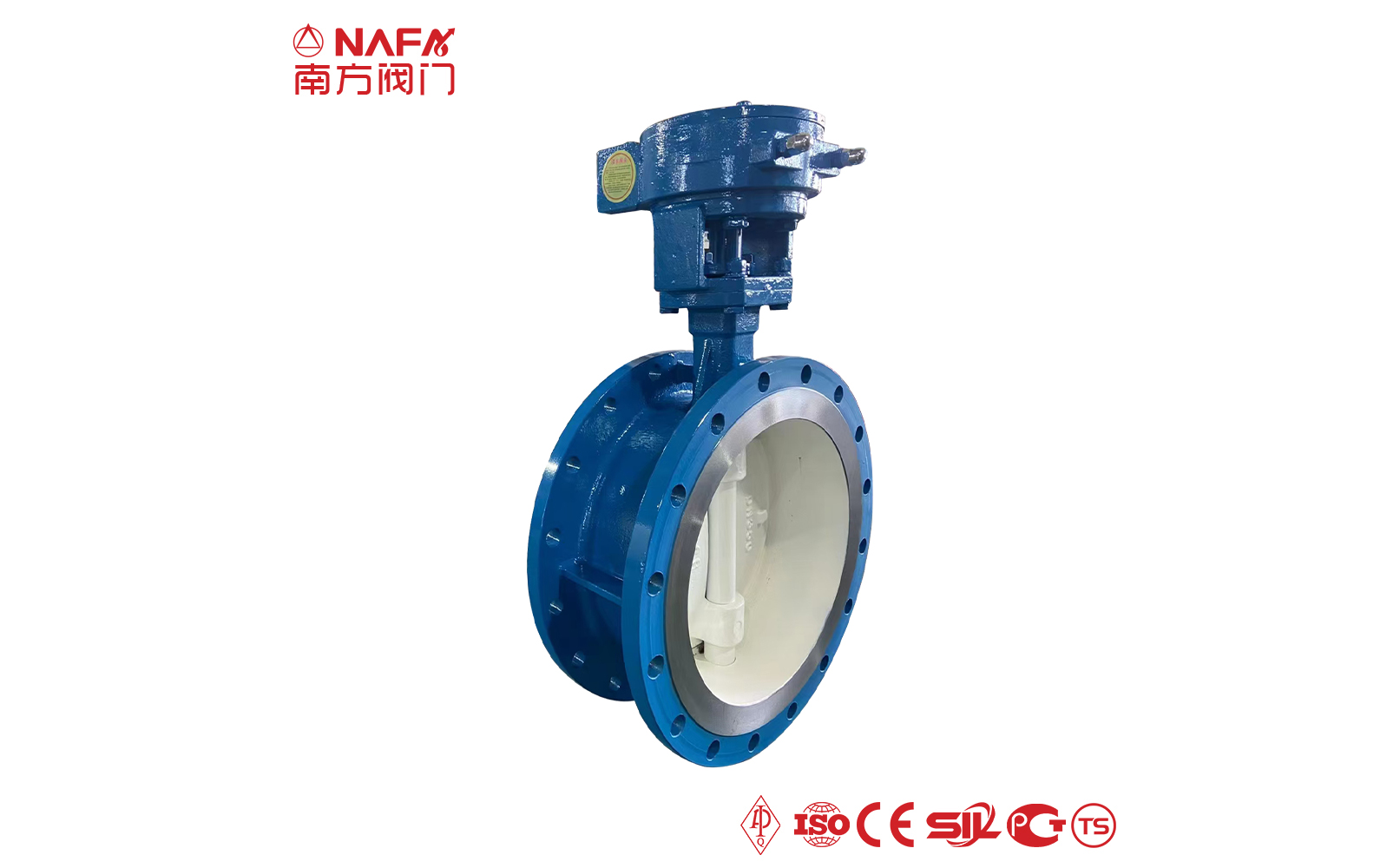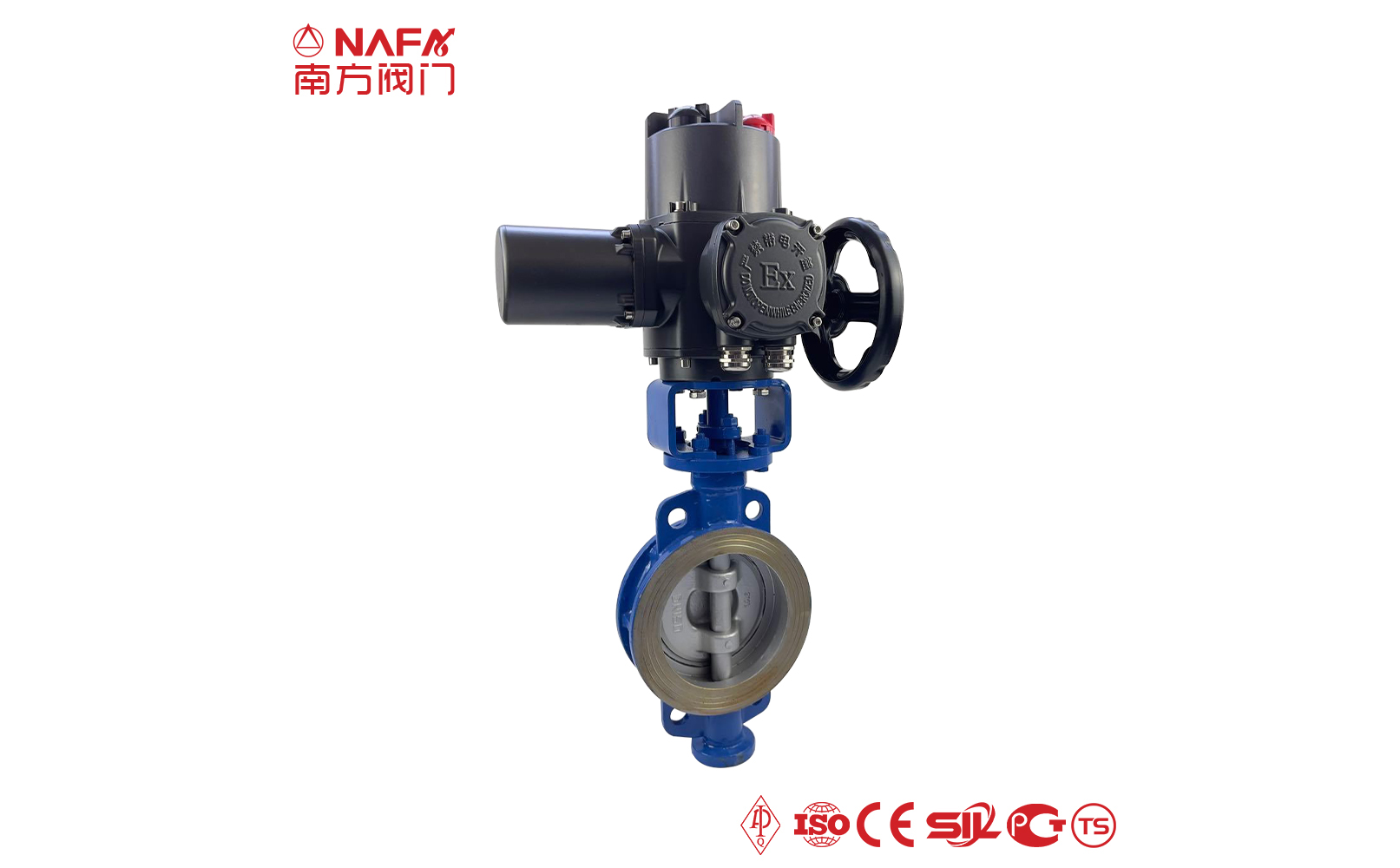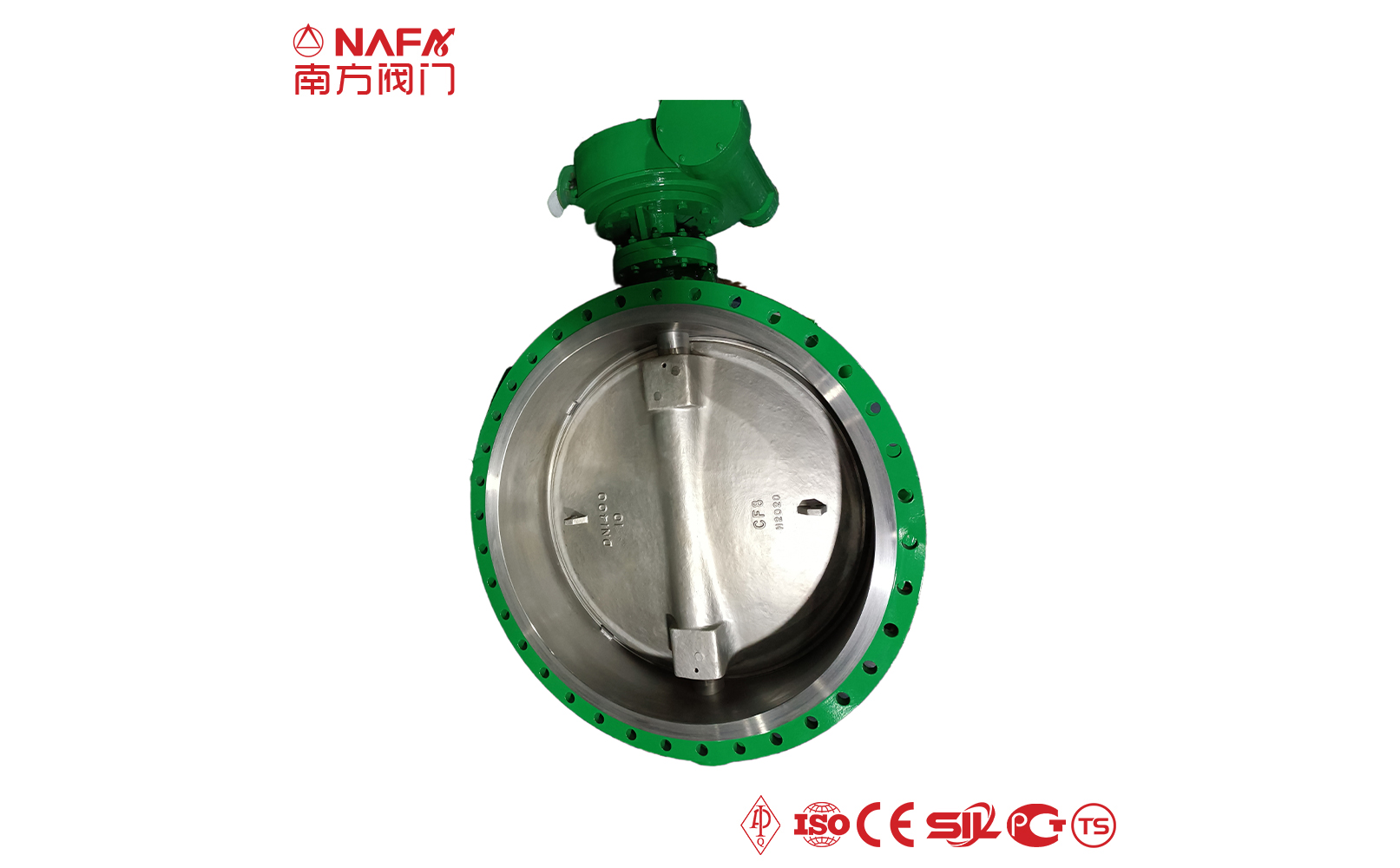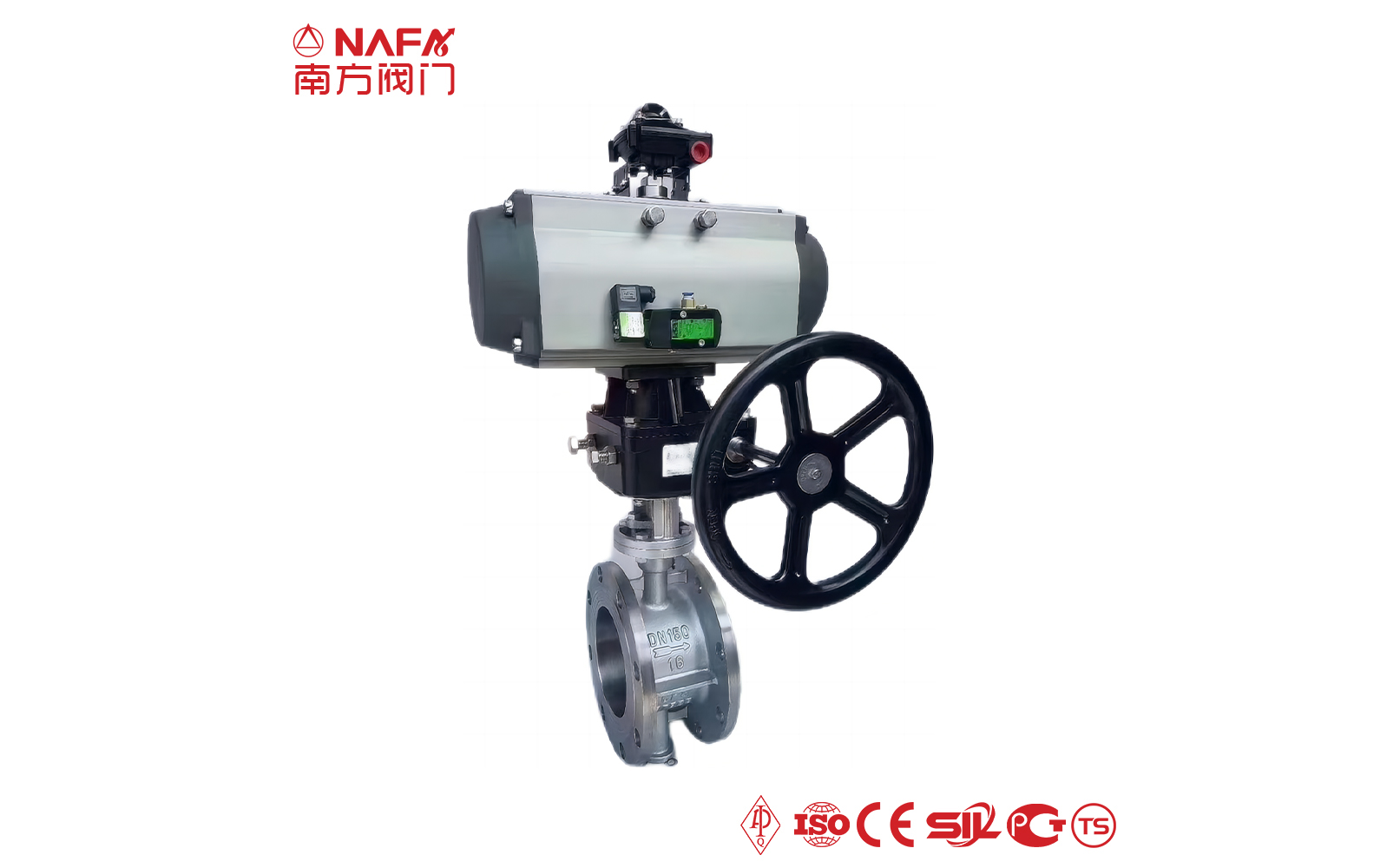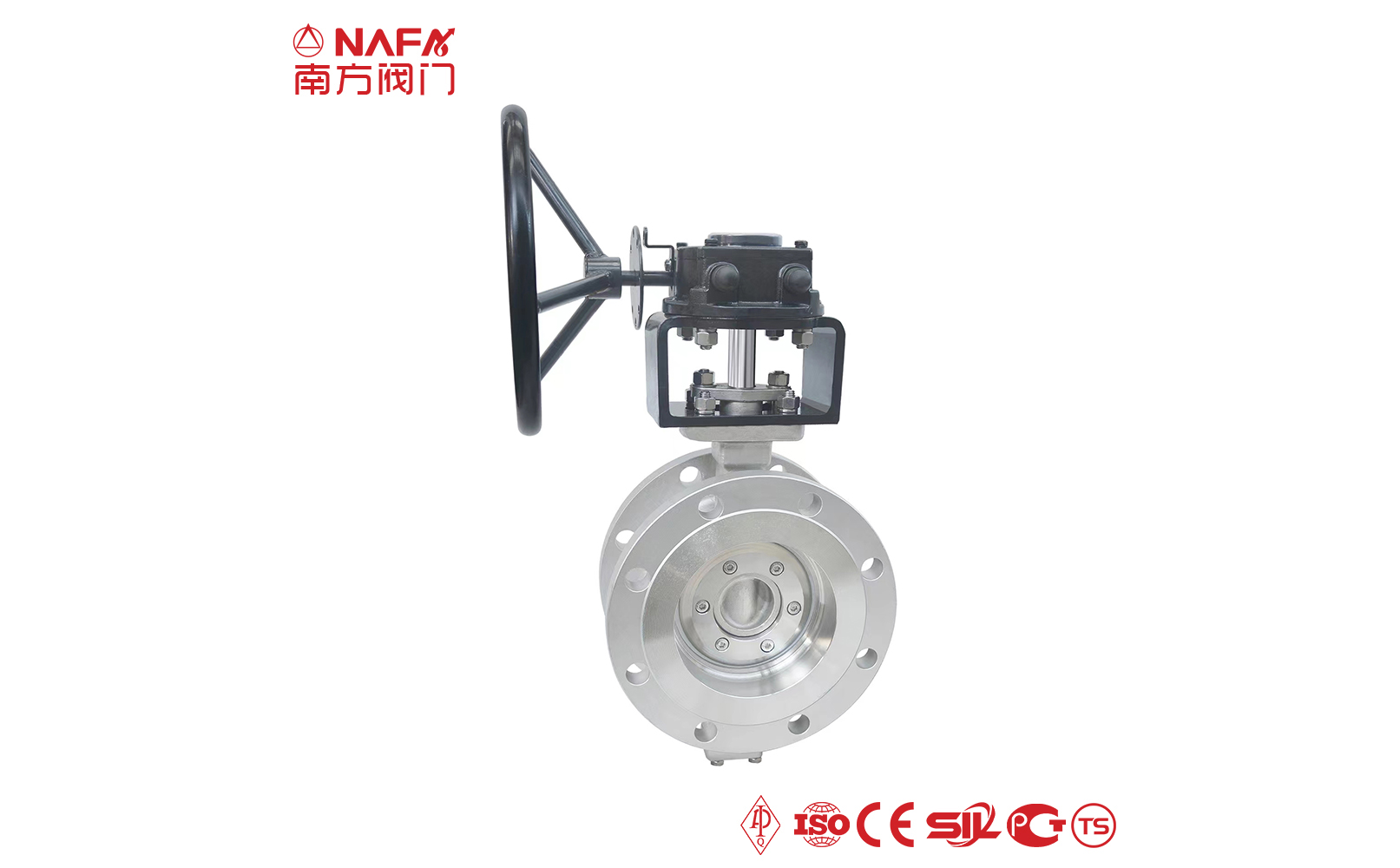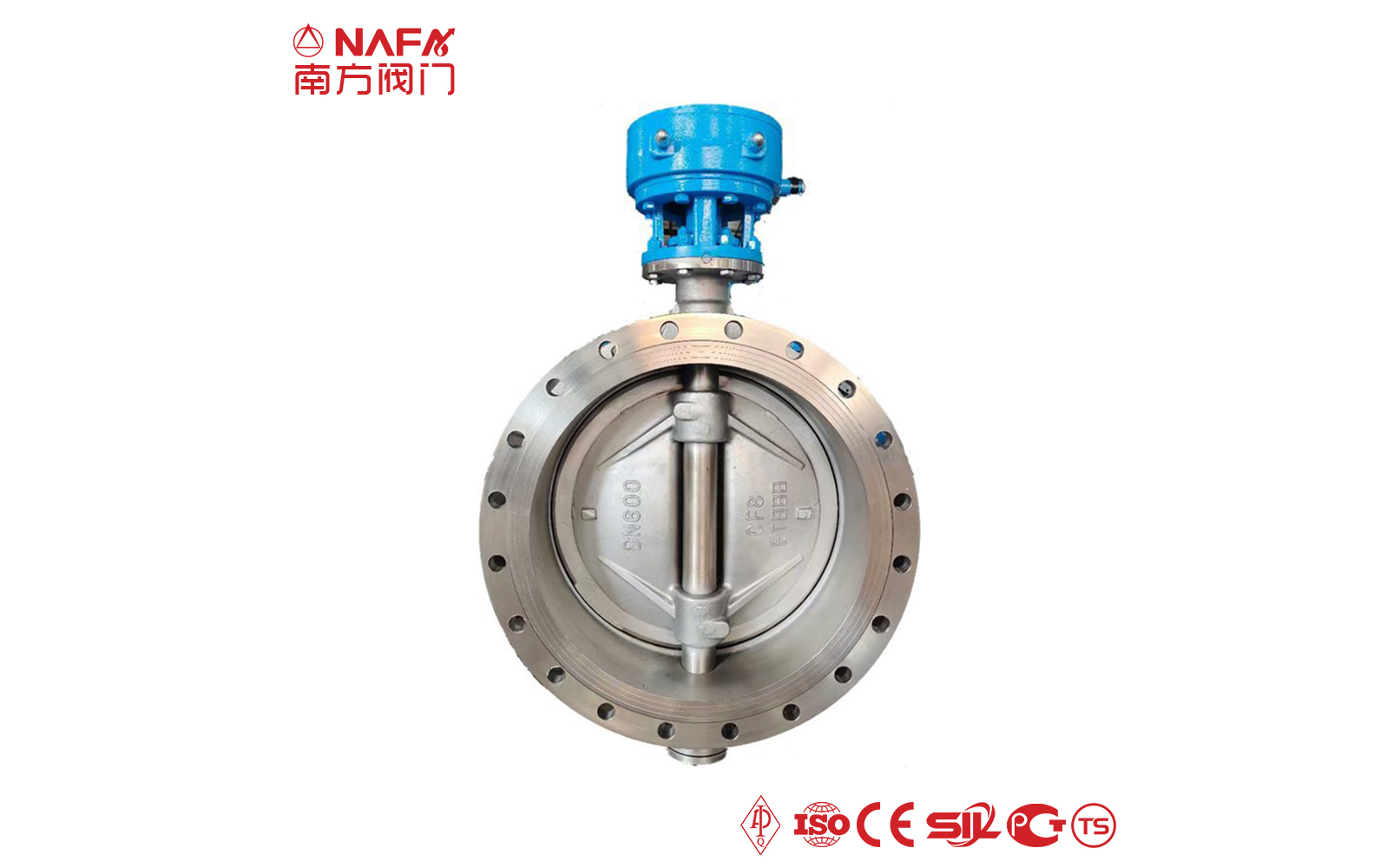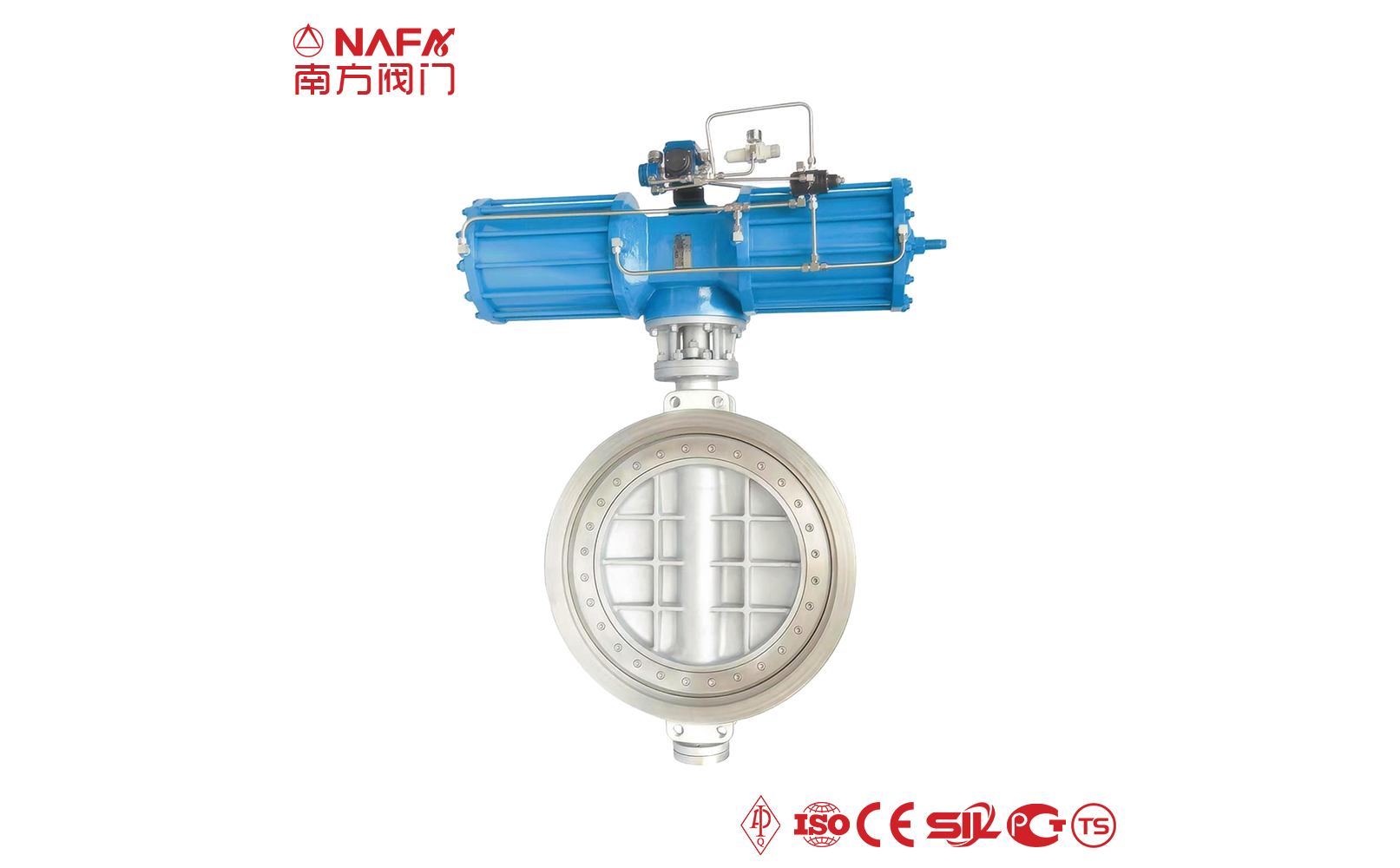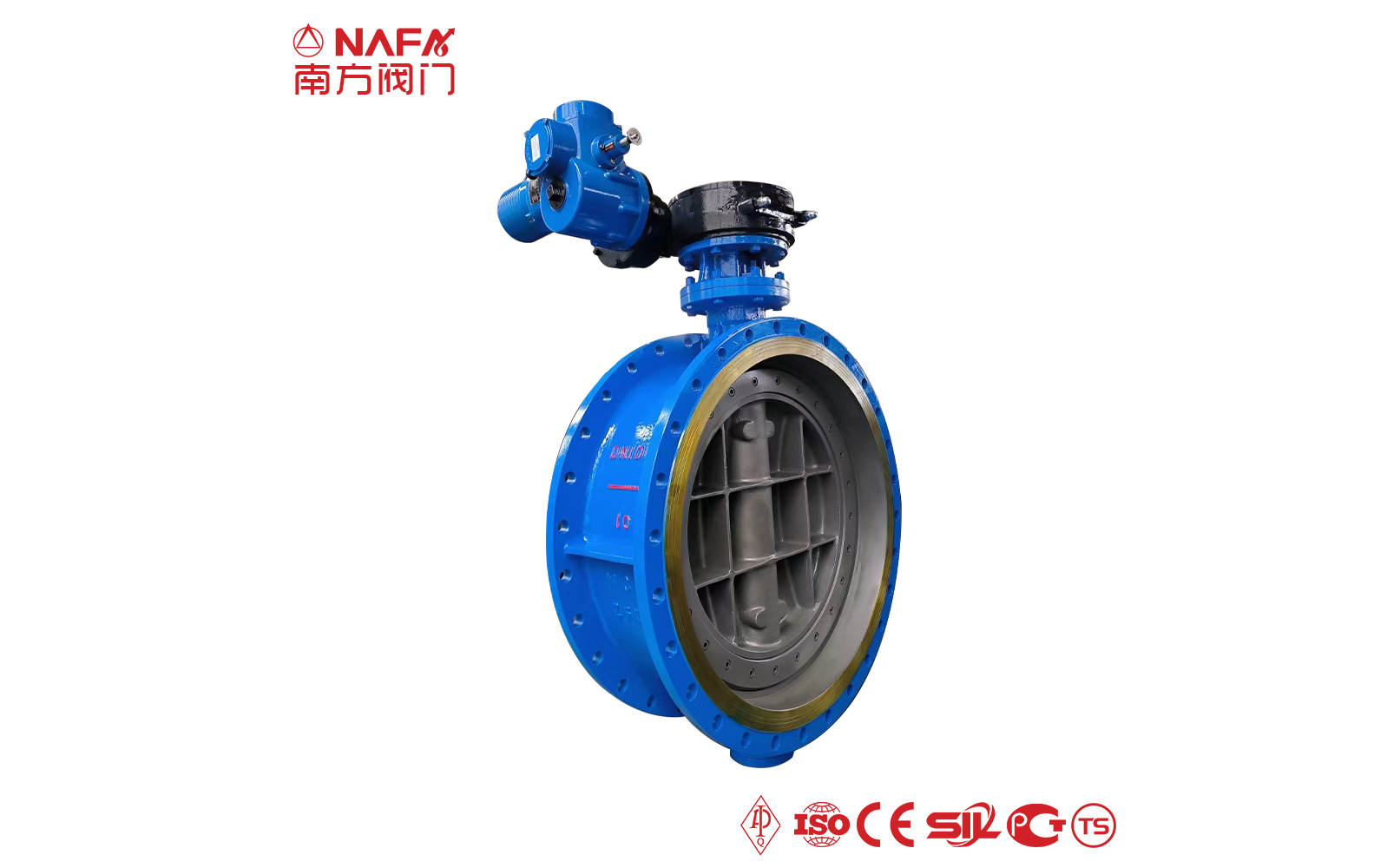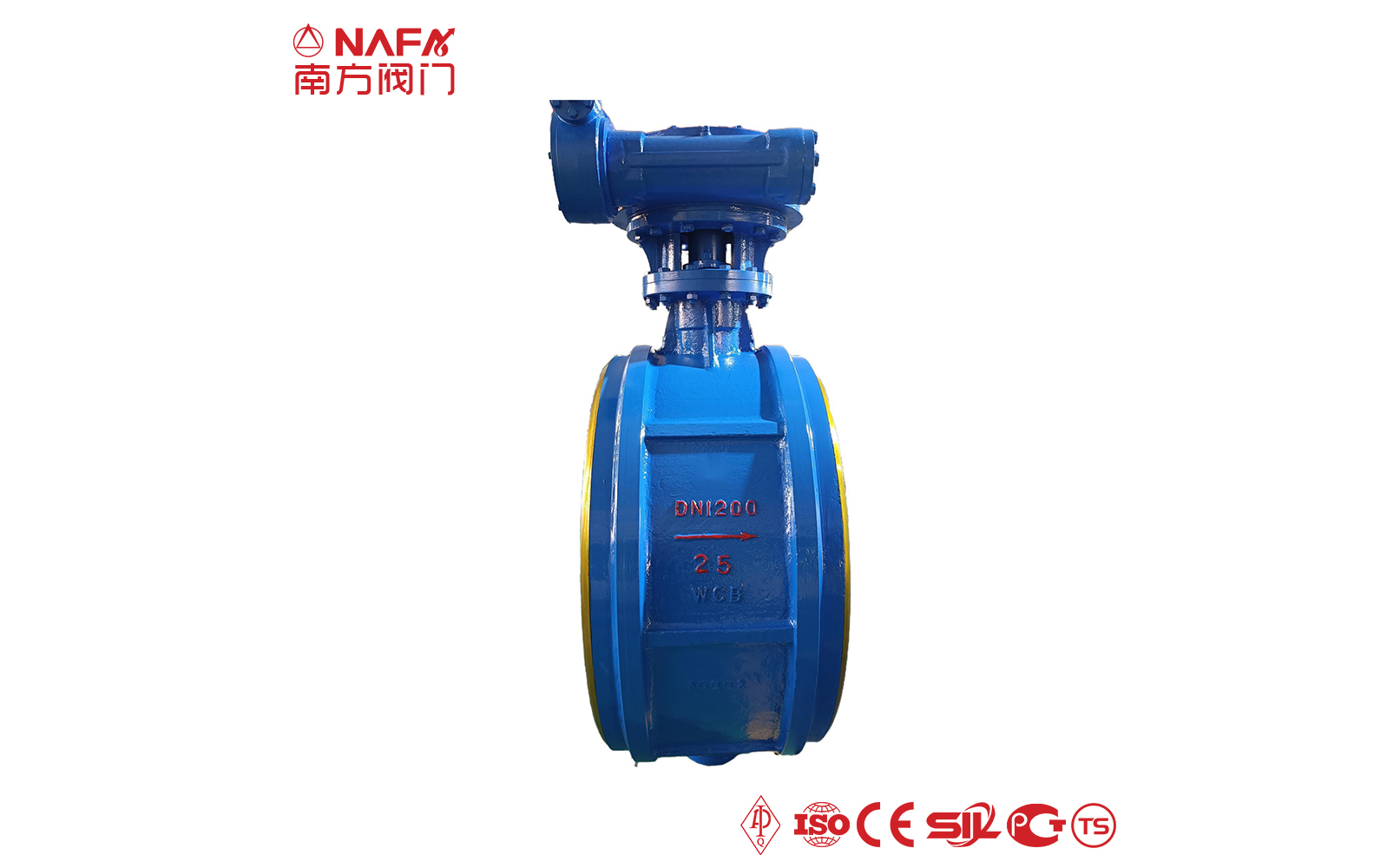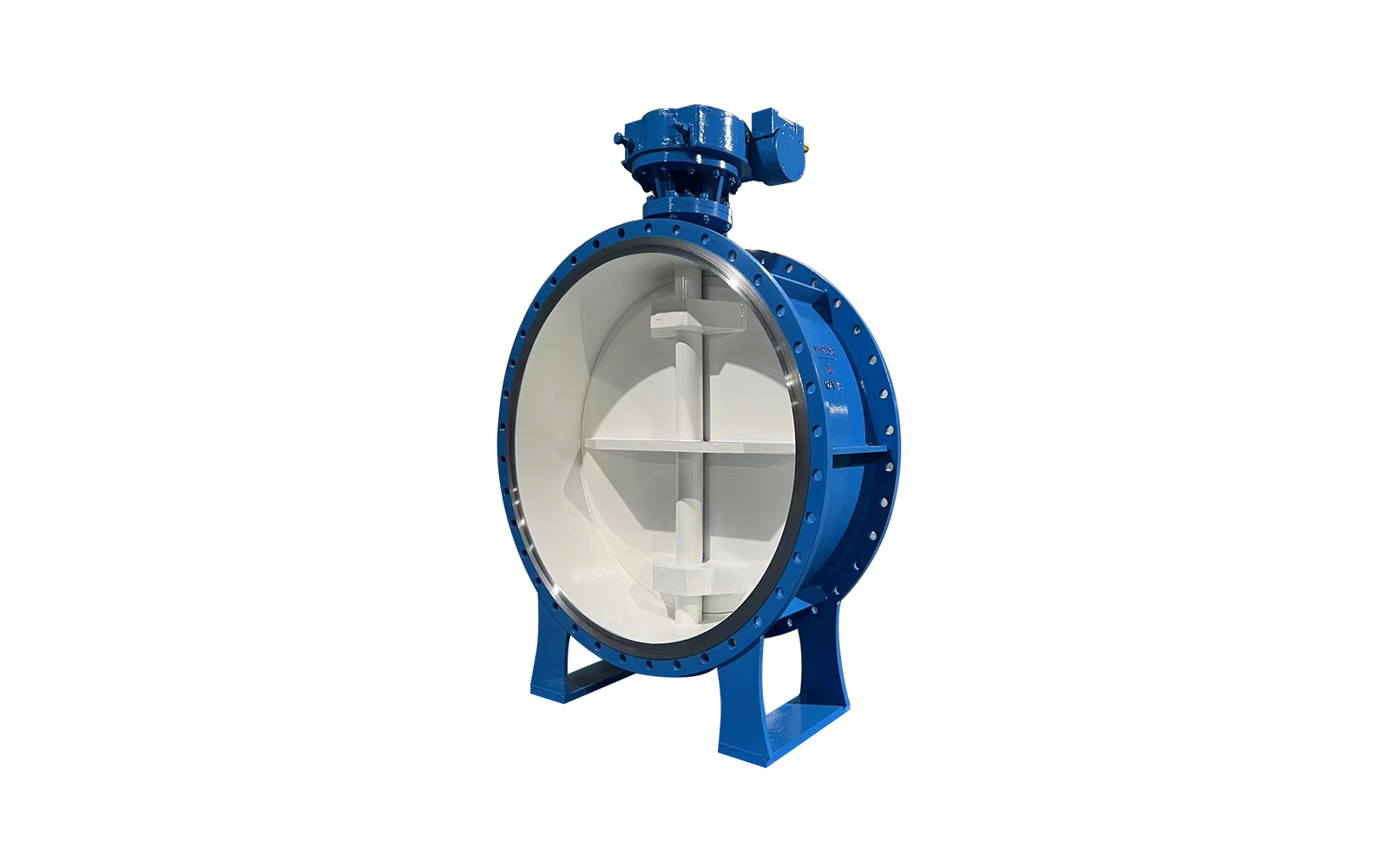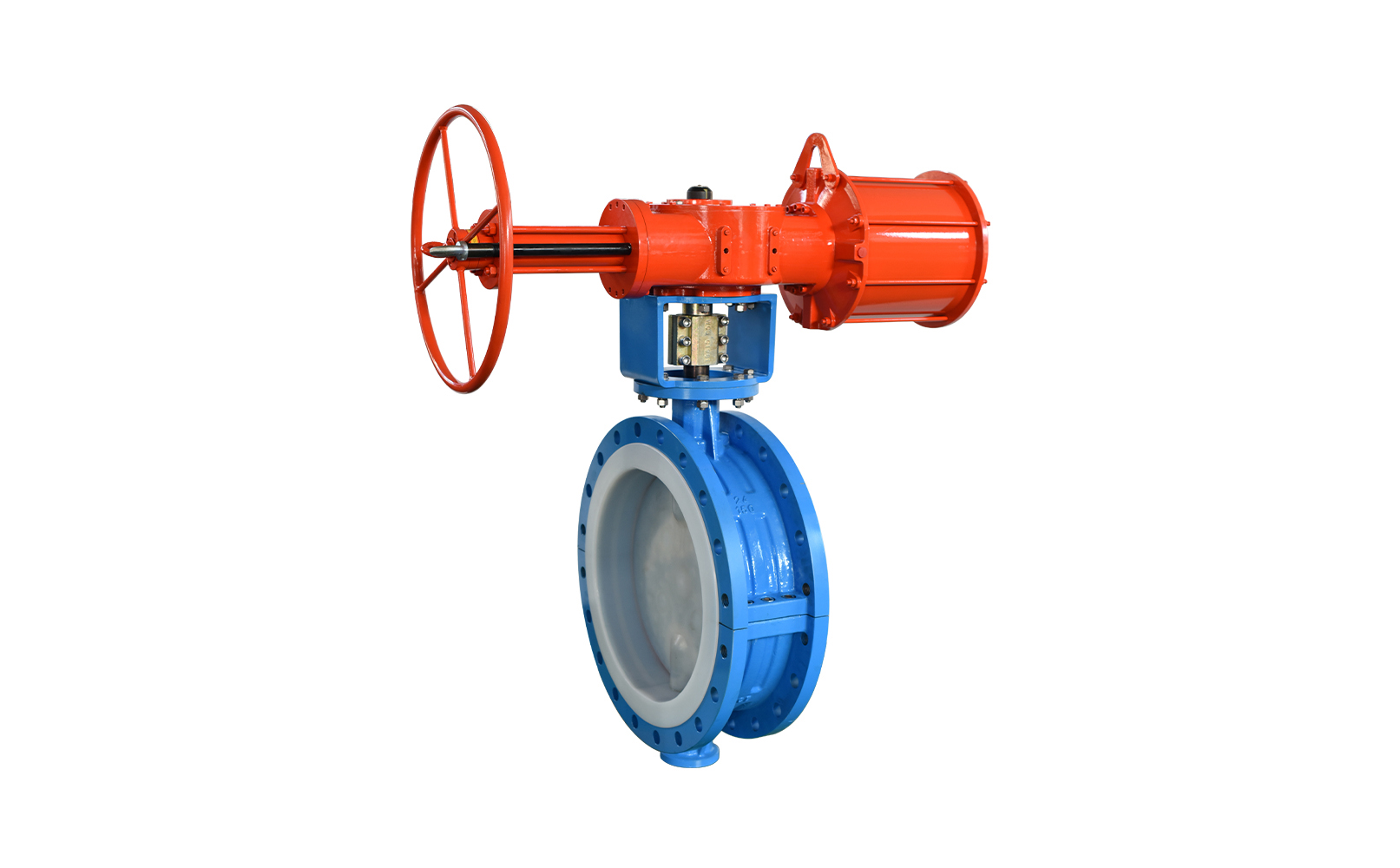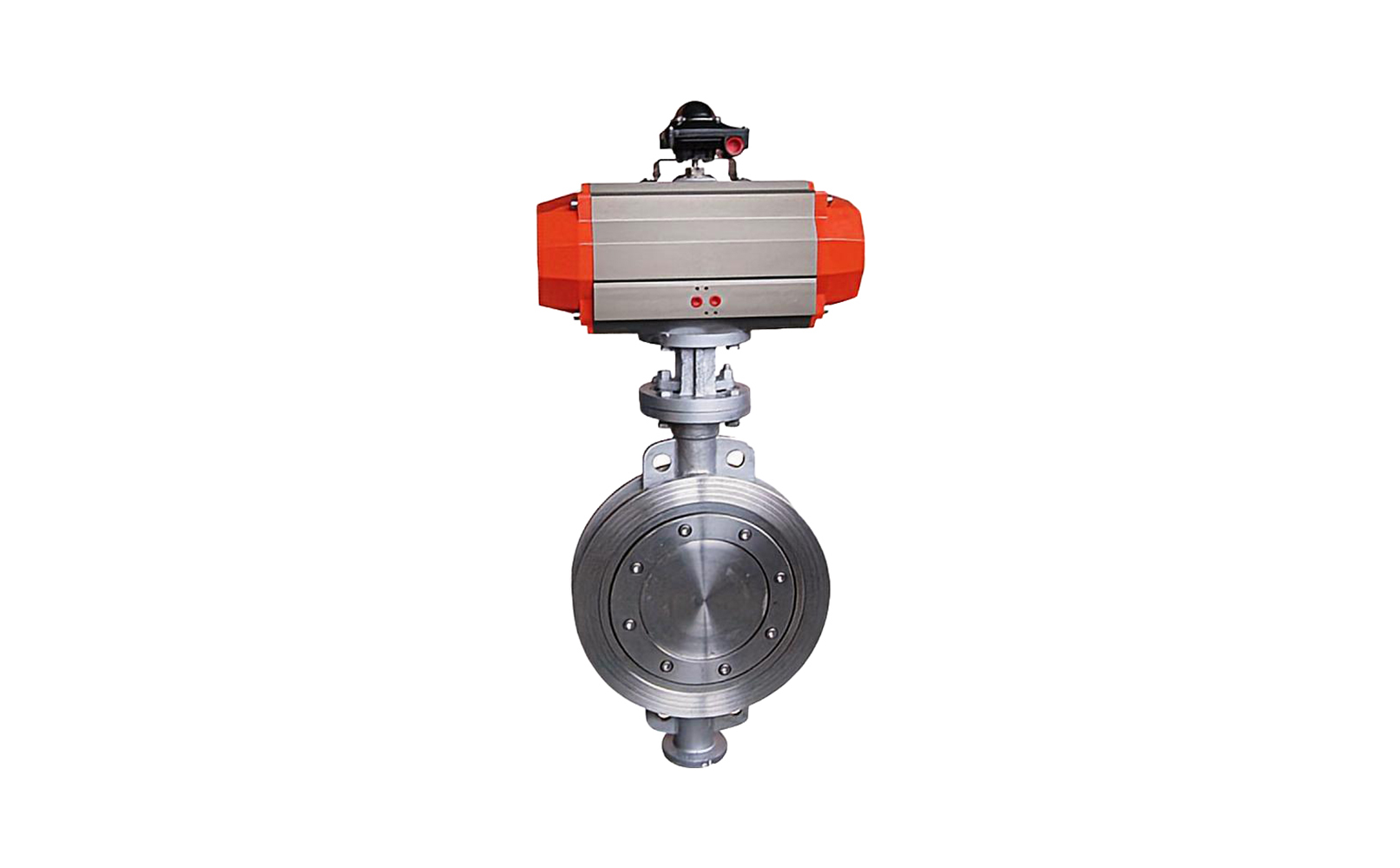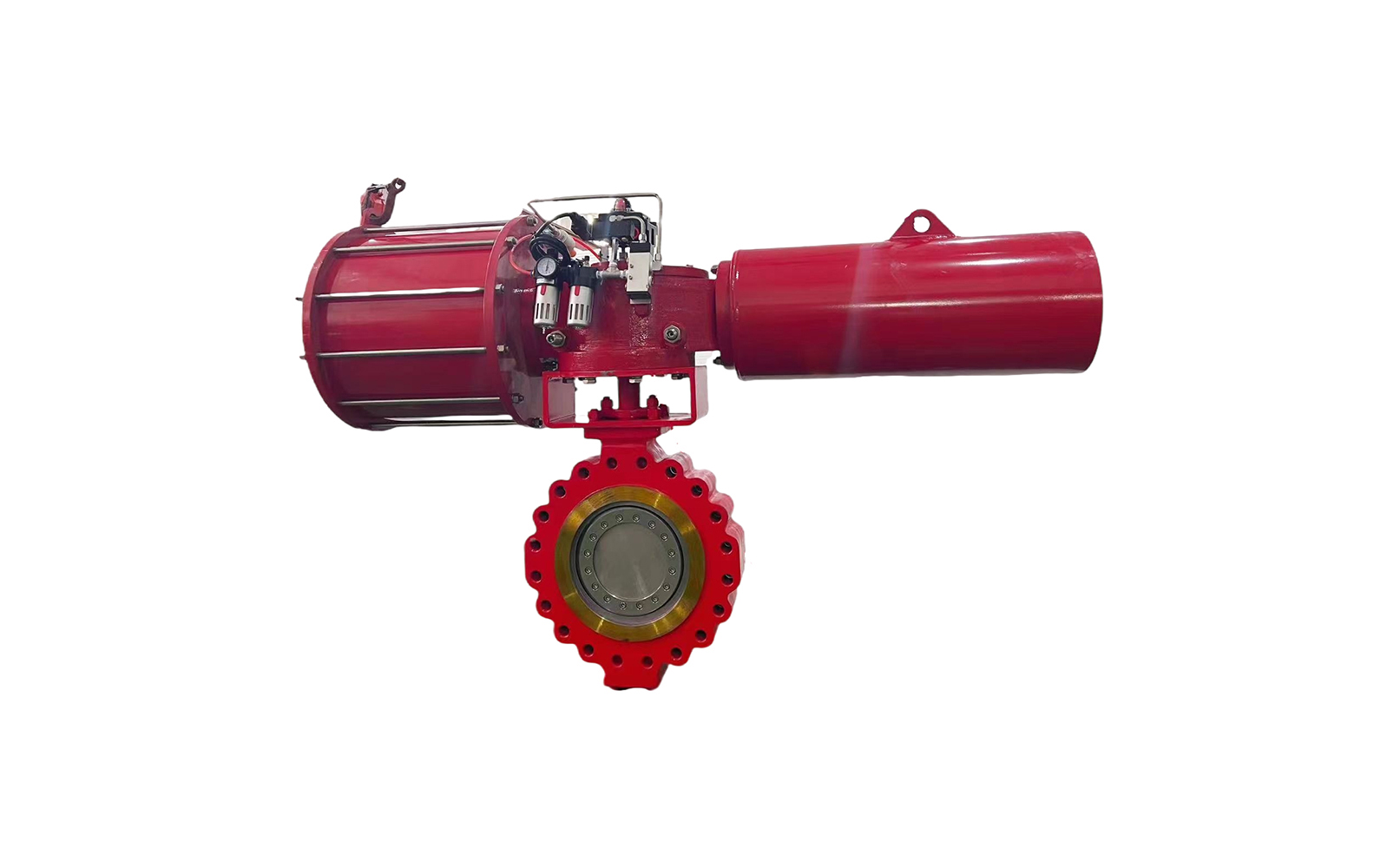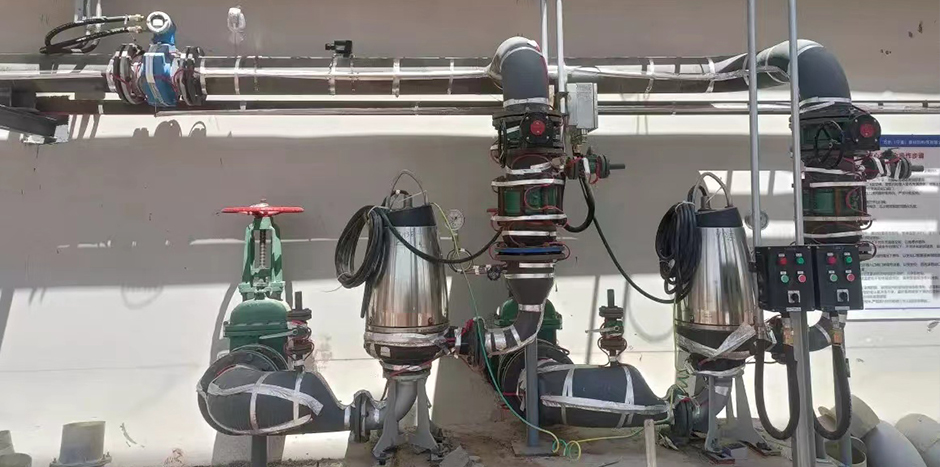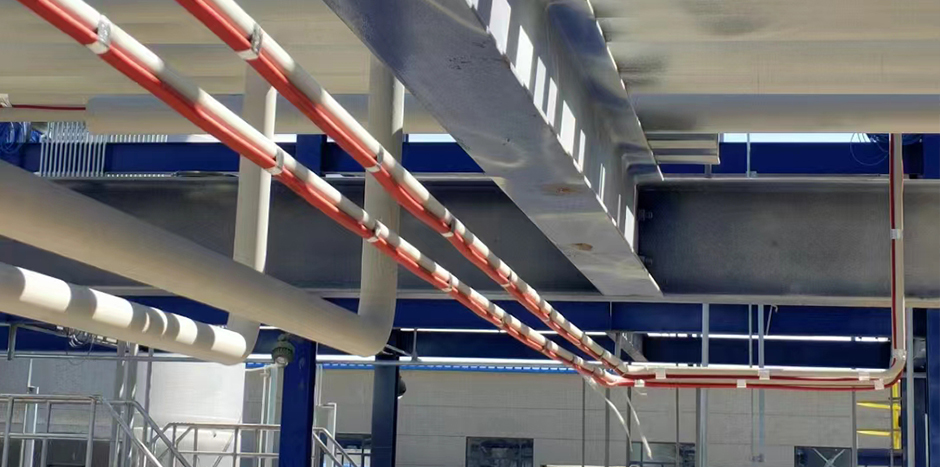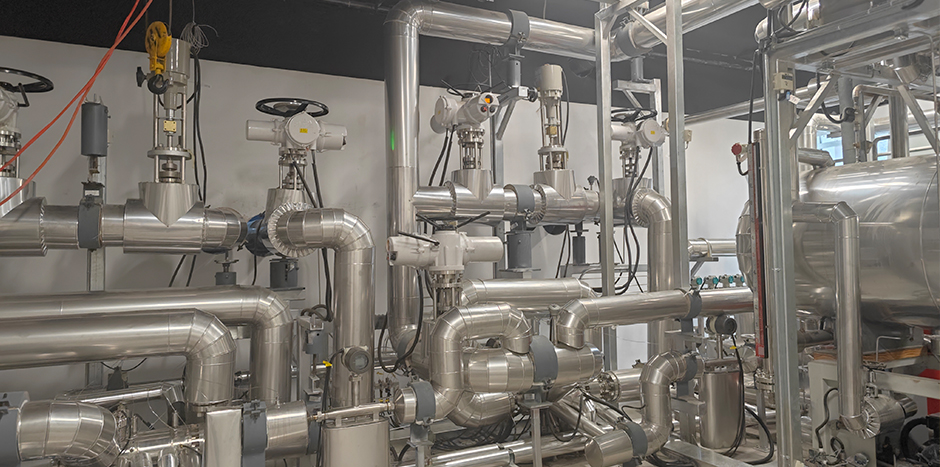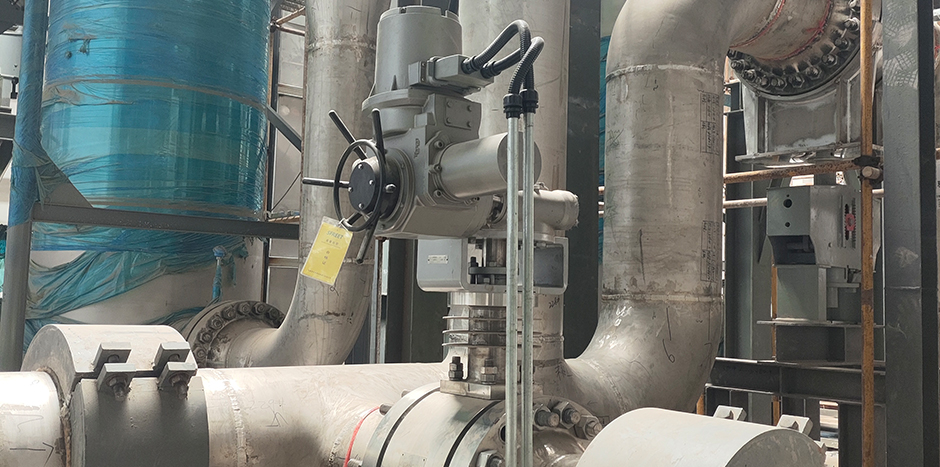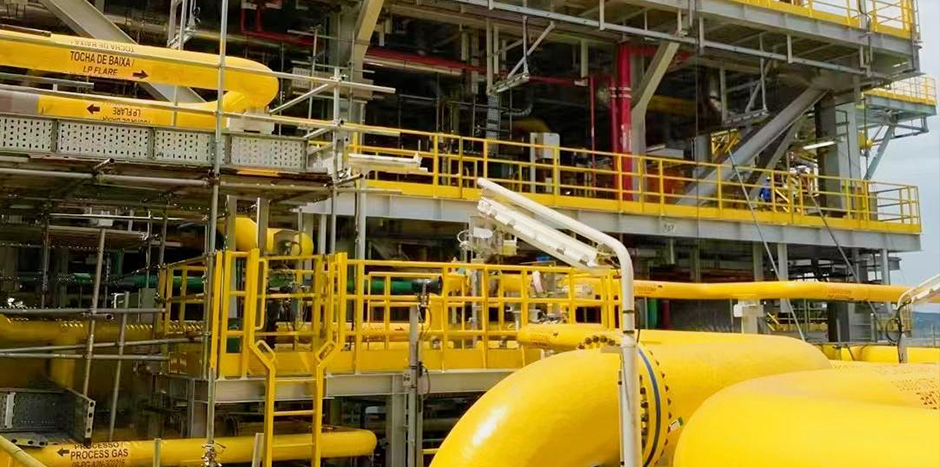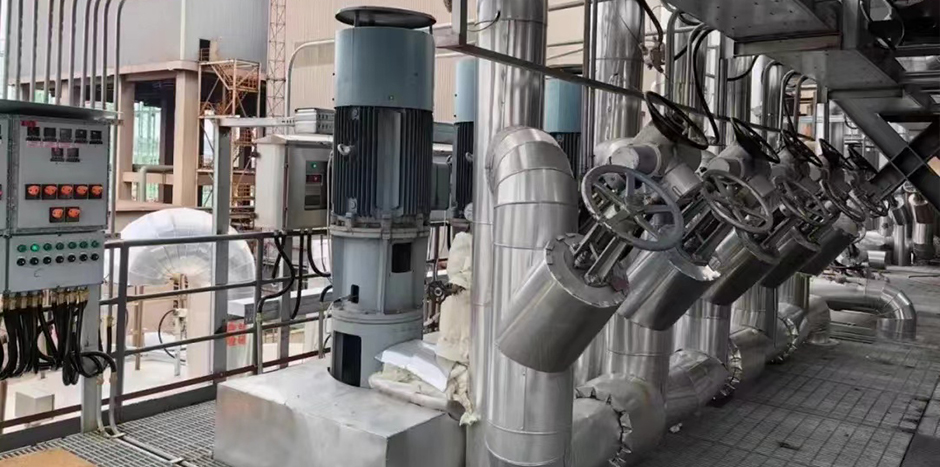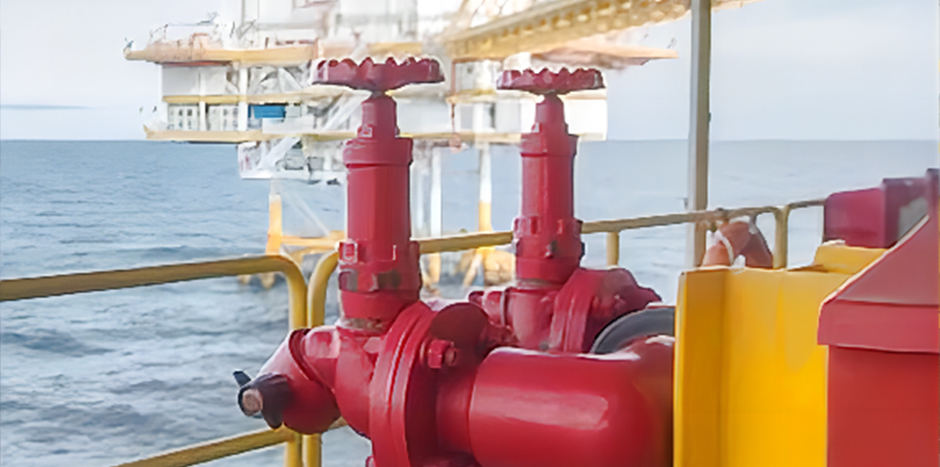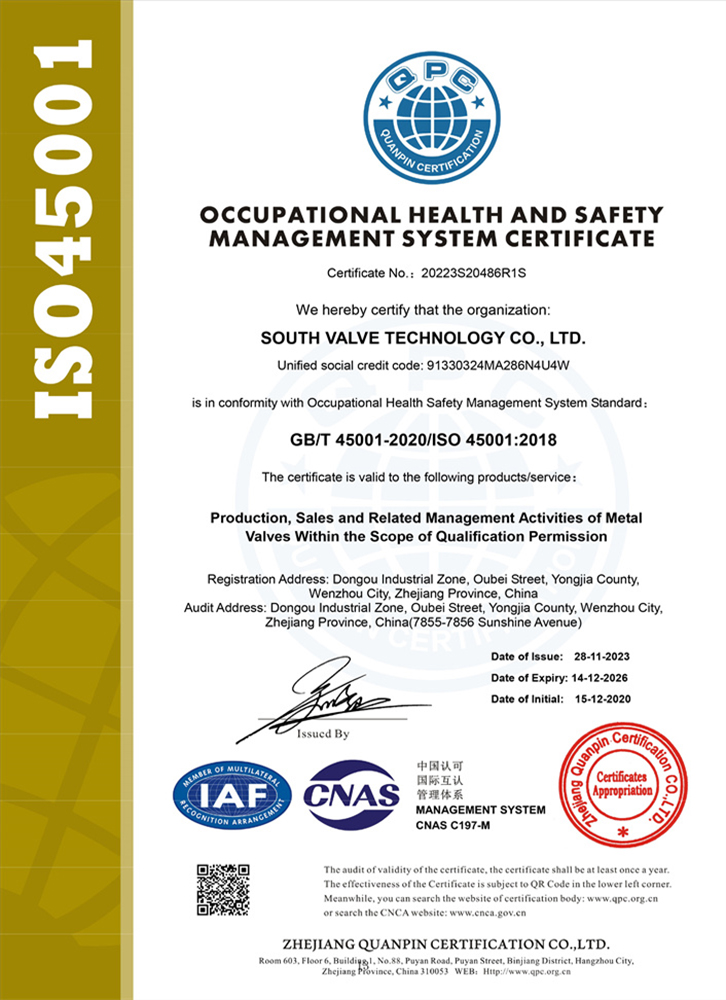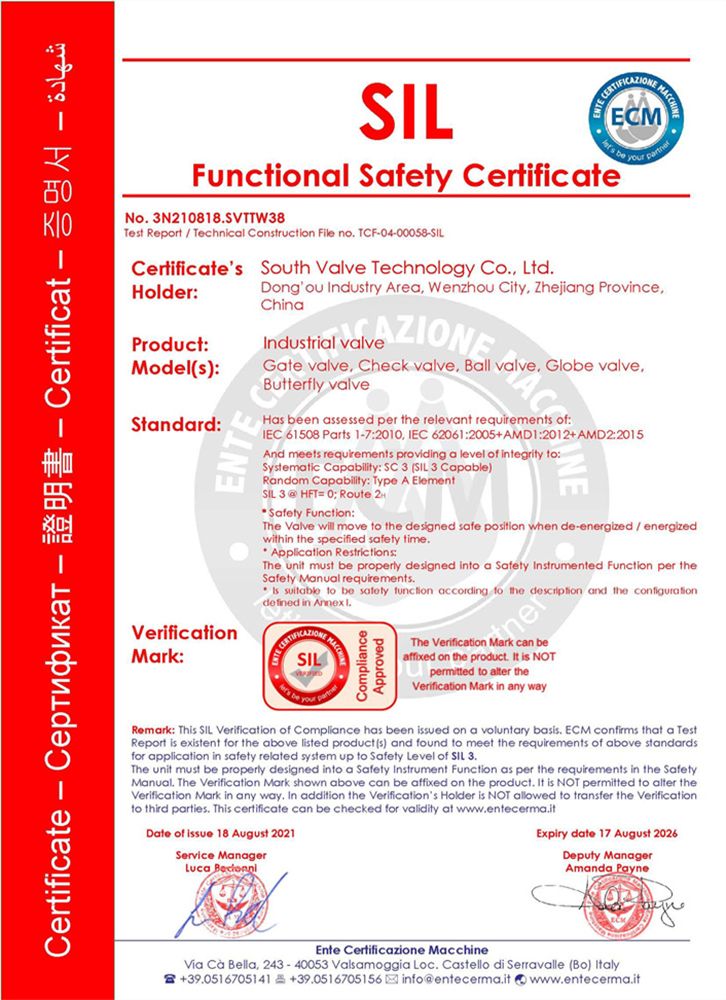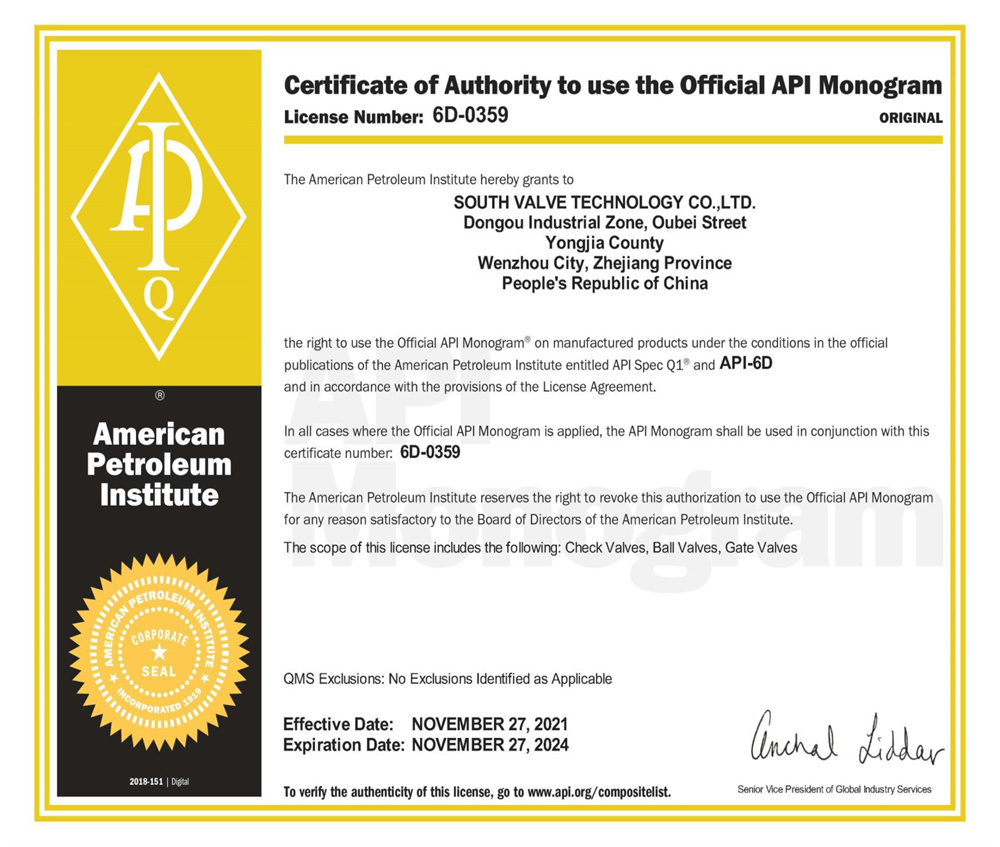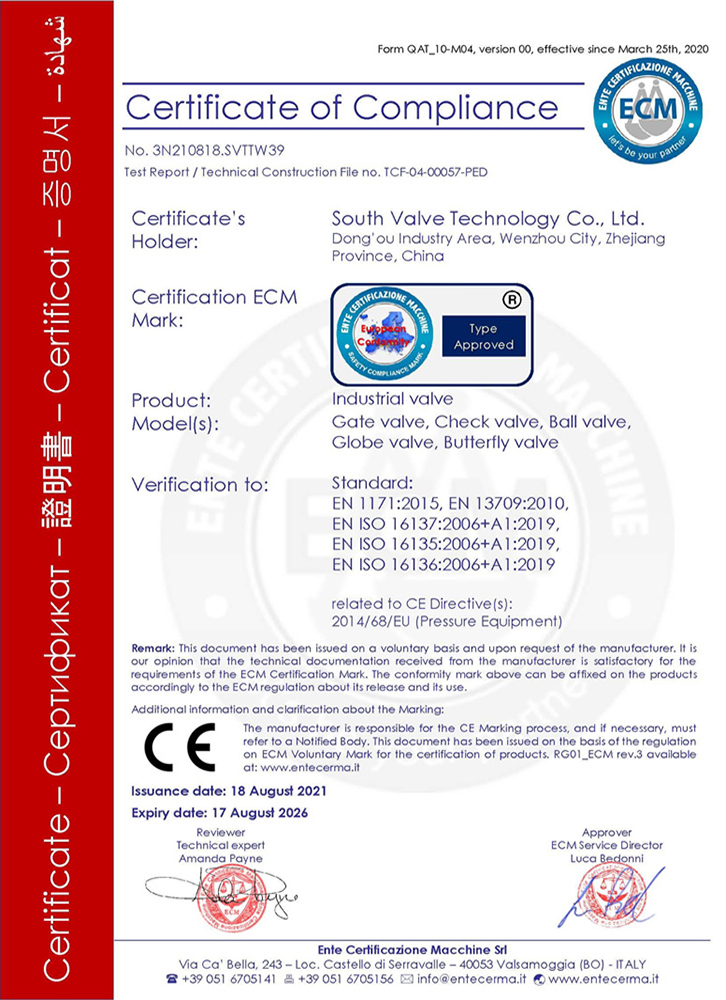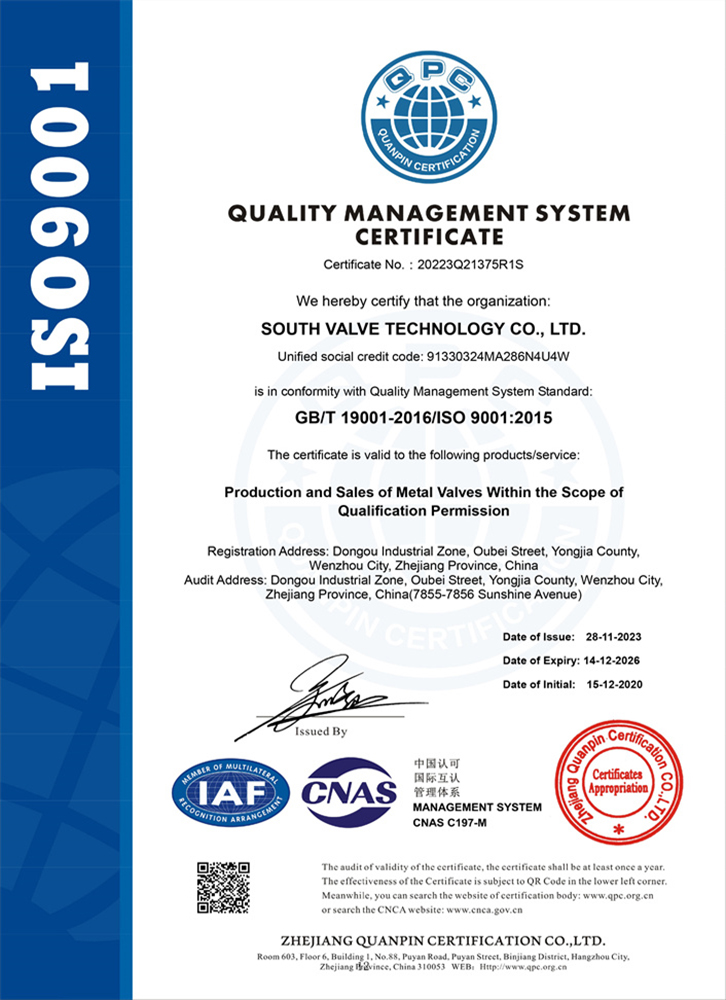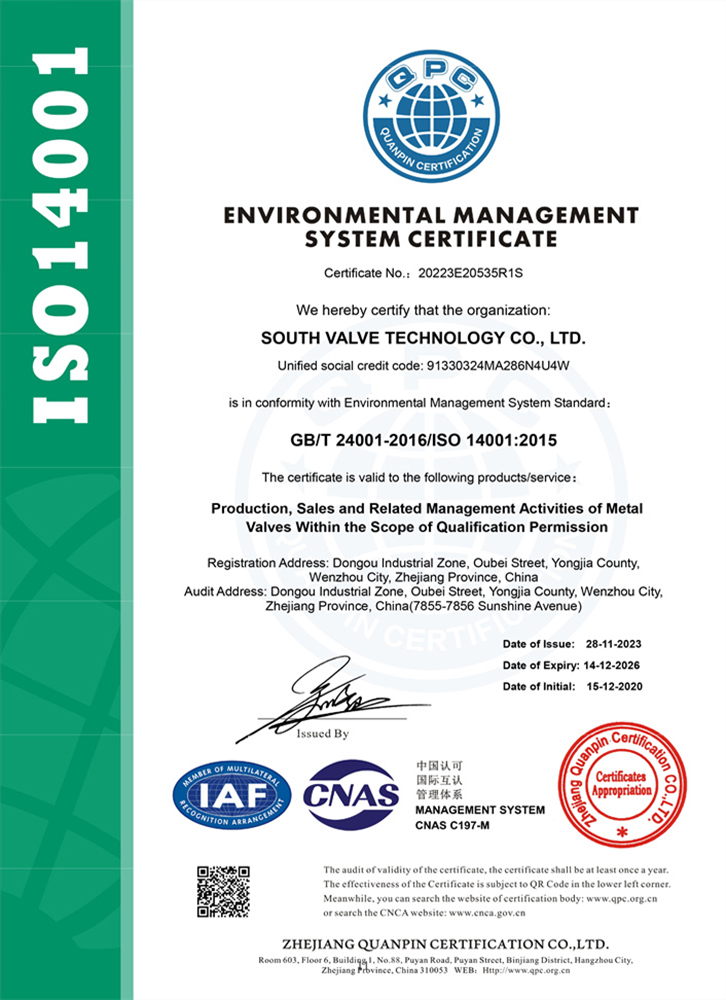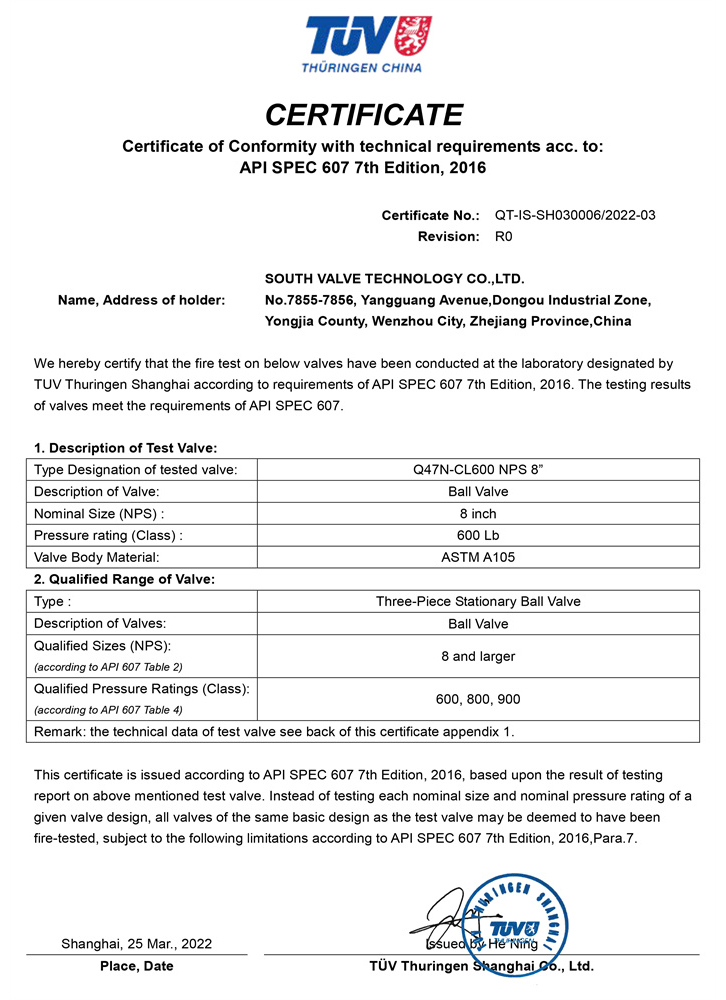- 01In addition to elastic seals such as rubber and PTFE, the sealing material also uses metal sealing valve seats, which improves the use temperature and service life of the butterfly valve.
- 02The eccentric design makes the contact point with the valve disc only have a small contact area when it contacts the valve seat, thereby reducing the friction resistance when the valve disc is opened and closed, and reducing the operating force.
- 03A double safety structure is adopted, such as installing independent thrust rings on the upper and lower sides of the butterfly plate to prevent the butterfly plate from deforming and the valve stem from being misaligned, which increases the safety of use.
- 04During operation, the torque of the valve stem is directly transmitted to the sealing surface through the butterfly plate, making the operation easier.
- 05Eccentricity can reduce the instantaneous pressure drop of the fluid in the valve, reduce flow fluctuations and noise, and improve control accuracy.
- 06The butterfly plate can be immediately separated from the valve seat, which greatly eliminates unnecessary excessive extrusion and scratching of the butterfly plate and the valve seat, alleviates the opening resistance, reduces damage, and extends the service life of the valve seat.
-
 API
API -
 ASME
ASME -
 ANSI
ANSI -
 EN
EN -
 DIN
DIN -
 GOST
GOST -
 GB
GB -
 JIS
JIS
| The characteristics of eccentric butterfly valve |
The valve stem axis of the single eccentric butterfly valve deviates from the center of the butterfly plate, so that the upper and lower centers of the butterfly plate no longer become the rotation axis, and the excessive extrusion between the upper and lower ends of the butterfly plate and the cold night is dispersed and reduced. The valve stem axis of the double eccentric butterfly valve deviates from the center of the butterfly plate and the center of the body. The double eccentric effect enables the butterfly plate to quickly detach from the valve seat after the valve is opened, eliminating the unnecessary excessive extrusion and scraping between the butterfly plate and the valve seat, reducing the opening resistance, reducing wear and increasing the service life.. The sealing section of the butterfly plate of the triple eccentric butterfly valve is elliptical. This structure makes the minimum pressure angle on the 360° circumferential sealing surface greater than the friction angle, thus eliminating local mutual friction and jamming. The triple eccentric butterfly valve has fundamentally changed the sealing structure. It is no longer a position seal, but a torsion seal. That is, it does not rely on the elastic deformation of the valve seat, but completely relies on the contact surface pressure of the valve seat to achieve the sealing effect, thus solving the problem of zero leakage of the metal valve seat in one fell swoop. And because the contact surface is proportional to the medium pressure, the problem of high pressure resistance is also solved. |
| Technical Parameters | |
| Size | DN15-DN1500, 1/2''-60'' |
| Pressure | PN10-PN420, Class150-Class2500 |
| Temperature | -200°C to 650°C |
| Connection Type | Flange, Thread, Wafer, Welded |
| Operation Mode | Manual, Pneumatic, Electric, Hydraulic, Gear operation |
| Materials | ||
| Valve Body | Forged | A105, LF2, F5, F9, F11, F22, F304, F316, F347, F904, F51, F53, F310, N08020, Inconel625, etc |
| Cast | WCB, LCB, C5, C12, WC6, WC9, CF8, CF8M, CF8C, 4A, 5A, CN7M, C95800, CW6MC, etc | |
| Valve Stem | F6a, 17-4PH, XM-19, F304, F316, F347, F904, F51, F53, F310, Monel400, Monel500, N08020, Inconel625, Incoloy825, etc | |
| Valve Disc | A105, LF2, F5, F9, F11, F22, F304, F316, F347, F904, F51, F53, F310, N08020, Inconel625, F6a, 17-4PH, XM-19, F304, F316, F347, F904, F51, F53, F310, Monel400, Monel500,Incoloy825,WCB, LCB, C5, C12, WC6, WC9, CF8, CF8M, CF8C, 4A, 5A, CN7M, C95800, CW6MC, etc | |
| Seat Sealing | SS, BR, CU, AS, CS, AL, PTFE, NBR, FKM, AI203, etc | |
| Design Standards | |
| Valve Body | API 6D, API 608, ASME B16.34, DIN 3357, BS 5351, GOST 9833, JIS B2071, GB/T 12237, etc. |
| Flange | ANSI B16.5, EN 1092-1, JIS B2220, GB/T 9113, ASME B16.47, GOST 12821, DIN 2543-2545, etc. |
| Connection | ANSI B16.10, ASME B16.25, JIS B2212, GOST 33259, DIN 3202, etc. |
| Test Standards | API 598, ISO 5208, BS EN 12266, ASME B16.104, GOST 9544-2015, JIS B2003, DIN 3230, etc. |

